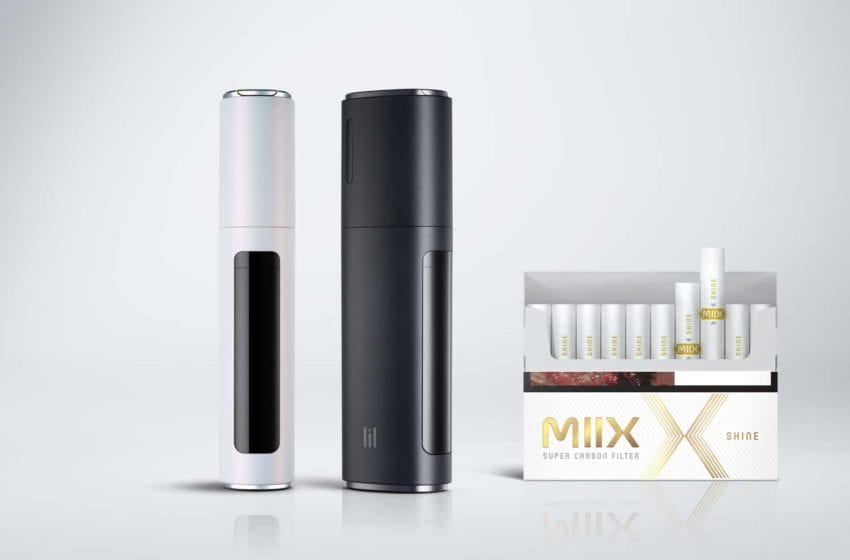A Rational Approach: Controlled Atmosphere Systems are Gaining Traction in the Fight Against Tobacco Pests
In the main article accompanying this sidebar, I finish with my usual rant on what I see as the absurd complexities smuggled into efforts to reduce the illegal trade in tobacco products. So, as a way of introducing some balance, in this piece I would like to contrast such efforts with those being used to combat another problem in which rogue players cause economic damage along the tobacco supply chain. It seems to me that the tobacco industry has in recent years approached the issue of tobacco losses to insects in a rational, proportionate and evolving manner.
That’s not to say everything has been fixed. It hasn’t, and new problems could arise in the future, as those who have read the companion piece might suspect. If, as seems possible, excise taxes are applied to unmanufactured tobacco in the EU, there will be an even greater incentive for protecting tobacco. Otherwise, tobacco beetles and moths will not only be eating their way through tobacco but also through the excise paid on that tobacco. And while bureaucrats seem keen on complexity, I think they will draw the line at issuing excise rebates on receipt of evidence provided in the form of well-fed beetles.
Ten years ago, it was said that tobacco worth about $800 million was being lost annually to insects, and so, in an email exchange at the end of January, I asked Rene Luyten, a director of b-Cat, whether the situation had improved or deteriorated since then. He replied that he had no idea about the value of losses but added that he knew that tobacco owners did not sit back and allow problems to overwhelm them. They were always looking to improve the way they protected their tobacco from insects, and that was irrespective of the costs of producing tobacco at any particular time.
One of the improvements that was made saw, in 2011, controlled atmosphere (CA) systems, which had been used in respect of other commodities and various products for 15 years or more, starting to gain traction with tobacco people—those involved in warehousing, shipping, trading and manufacturing tobacco. Further impetus was provided in 2012 when Coresta issued a guideline for the treatment of tobacco beetles with CA, a guideline that was revised to include the tobacco moths the following year. Used properly, CA offers enormous benefits because it kills all tobacco beetles and moths in all their life cycle stages; it can be used for all types and varieties of leaf tobacco without affecting taste and color, and it can be used for tobacco products.
Luyten told me that demand for new CA chambers was currently good around the world, as was demand for extensions of installations made previously by some of the early adopters of this technology. And demand is coming from both large and small companies because installations can be geared to the size of the business. On the modest end of the scale, b-Cat, which has been involved in the CA business for more than 50 years, has installed a system with the dimensions of a single 40-foot container while at the other end of the scale it has built a system with a capacity of 63 40-foot containers spread through nine chambers.
Of course, many leaf tobacco export countries still use chemical insect treatments, mainly because of the high volumes they need to handle and the resulting costs. But because of issues to do with insect resistance to phosphine gas treatments, which became such a huge problem before the adoption of CA systems, manufacturers tend to use CA as the final treatment adjacent to their manufacturing sites. They also tend to favor CA treatments because of issues concerned with the environment and sustainability, issues that drive the part of the continuing R&D effort at b-Cat that is aimed at automating processes so as to minimize energy usage. —G.G.























